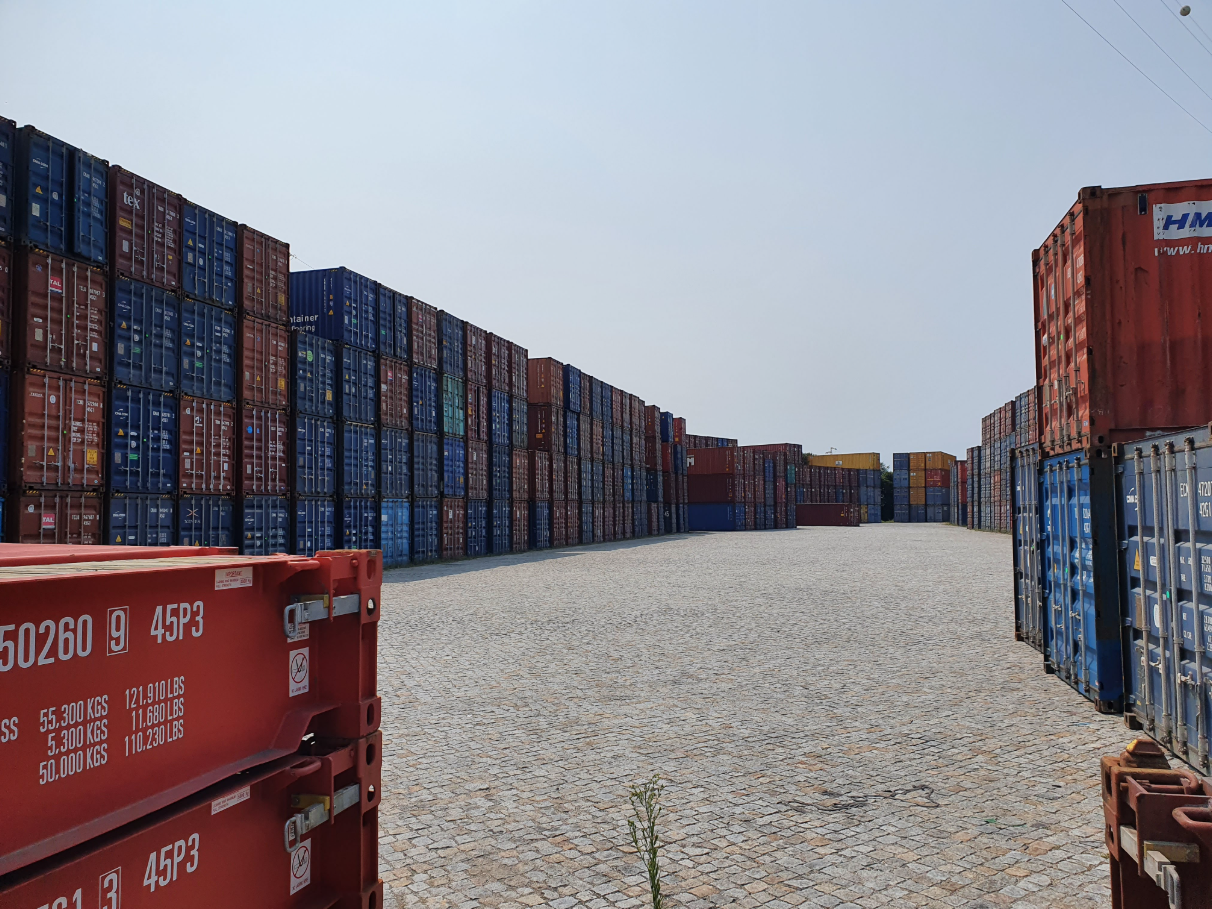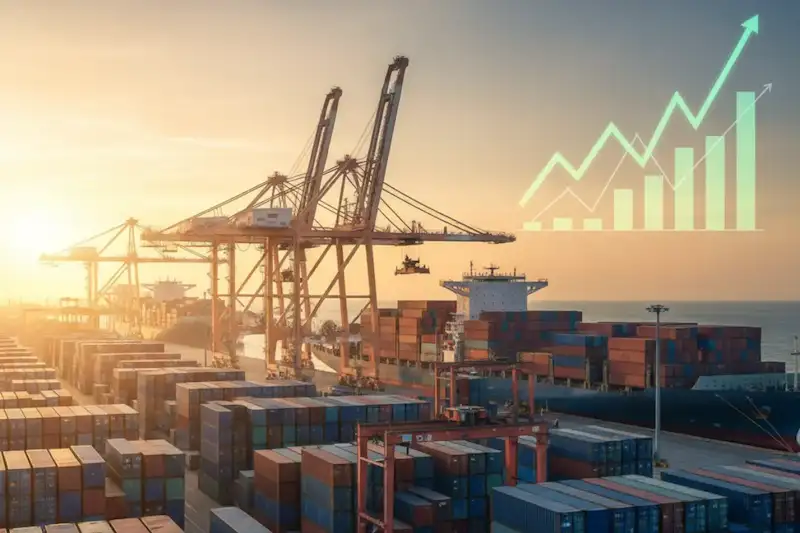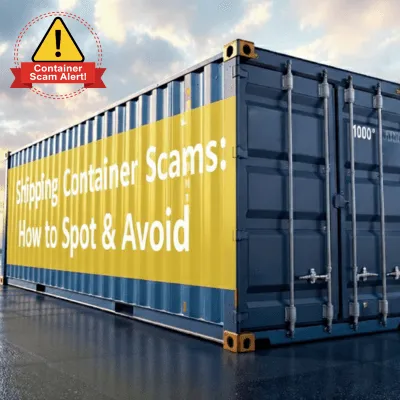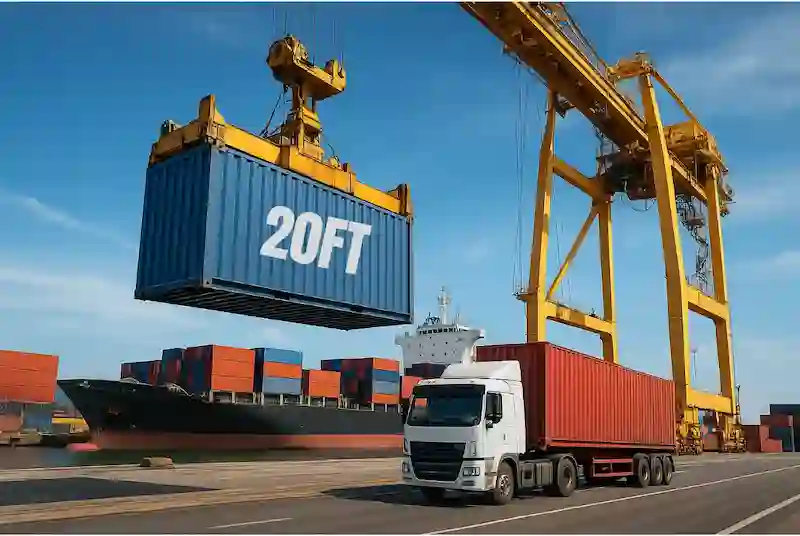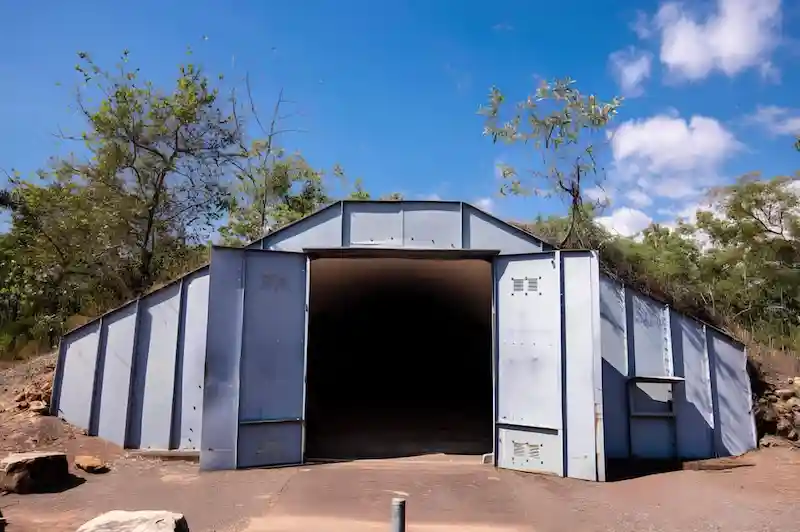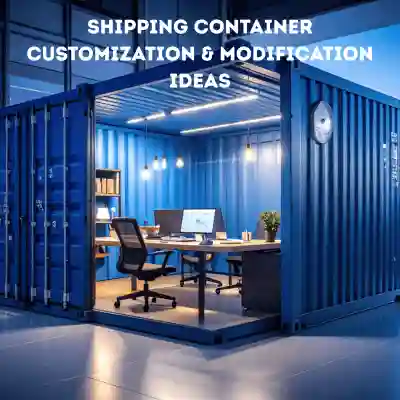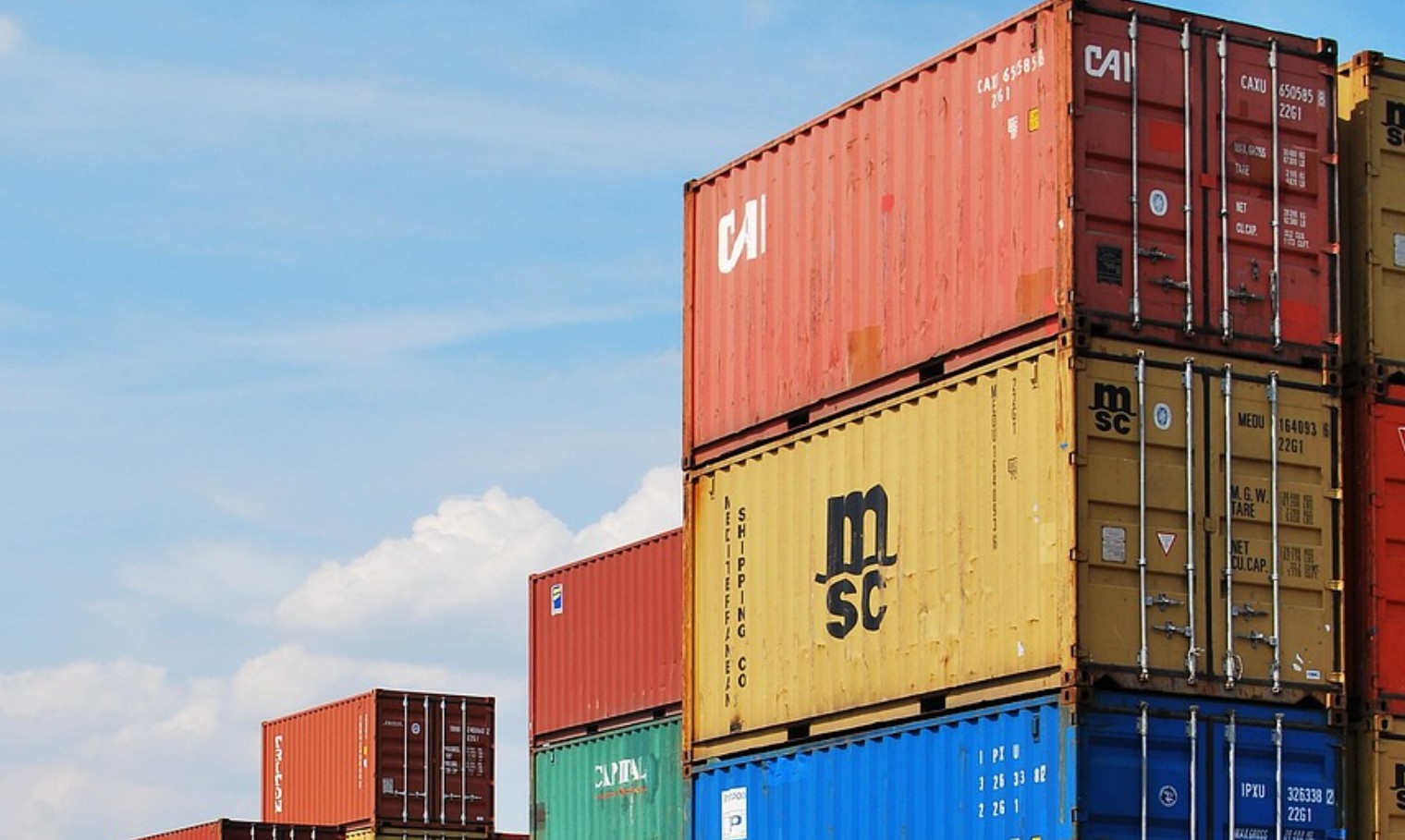CONEX box: All you need to know

Among the most innovative ideas in history is the CONEX box. Ever since then, it transformed the transportation and logistics sectors. These days, intermodal or ISO containers are based on them.
Export and import across borders (particularly abroad) was expensive until dependable shipping containers came into use. Then along came CONEX boxes — and offered a dependable and quick way to move all types of consumer cargo.
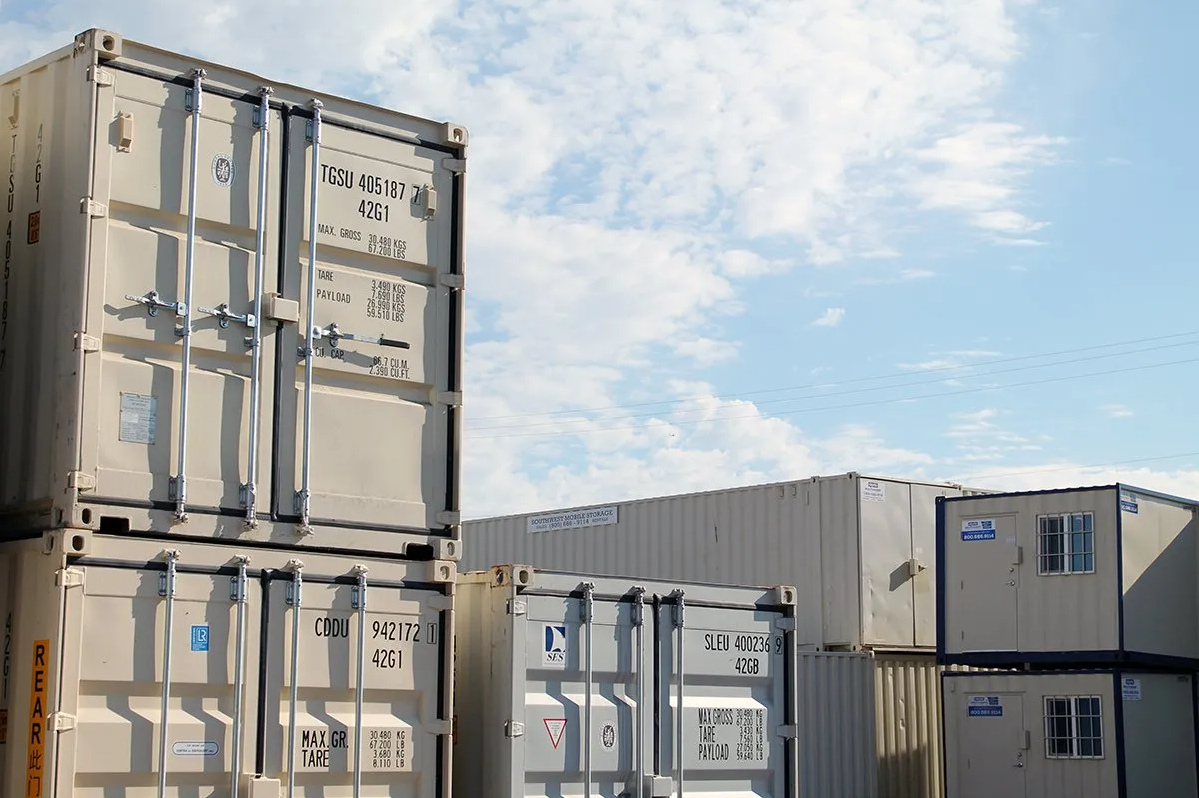
Construction and Specifications of CONEX Boxes
First, what is a CONEX container? It is difficult to keep track of all the many names for shipping containers, CONEX boxes, and cargo containers. Once you realize that these names are interchangeable, however, everything becomes clear. Container and express are shortened to CONEX.
It shows that all modes of transportation can move the box with ease, so limiting the travel time. These boxes subsequently developed into modular components that could be stacked to store more freight in one spot.
The construction features of a CONEX box are as follows:
- Made of Corten steel sheets;
- Resist strain and force;
- Use a specialized interlocking mechanism to prevent merchandise theft;
- Have skids on the underside to avoid slipping when being stacked;
- Can be fastened to the next storage unit by the use of specialized tools connecting the bottoms;
- Some containers include ventilation features, and they can be insulated for specific uses, such as refrigerated containers (reefers).
But how wide is a CONEX box and what are CONEX container dimensions? CONEX boxes, or shipping containers, are manufactured with standardized dimensions:
| Container type | External dimensions (L x W x H) | Internal dimensions (L x W x H) | Capacity (cubic feet) |
| 20ft standard | 20′ x 8′ x 8.5′ | 19.35′ x 7.7′ x 7.8′ | 1,170 |
| 40ft standard | 40′ x 8′ x 8.5′ | 39.5′ x 7.7′ x 7.8′ | 2,390 |
| 20ft high cube | 20′ x 8′ x 9.5′ | 19.35′ x 7.7′ x 8.8′ | ~1,310 |
| 40ft high cube | 40′ x 8′ x 9.5′ | 39.5′ x 7.7′ x 8.8′ | 2,700 |
| 10ft | 10′ x 8′ x 8.5′ | ~9.4′ x 7.7′ x 7.8′ | ~560 |
| 45ft high cube | 45′ x 8′ x 9.5′ | ~44.5′ x 7.7′ x 8.8′ | ~3,040 |
Note: All widths are standard at 8 feet (external) and 7.7 feet (internal). CONEX container dimensions and capacities sometimes slightly vary based on the manufacturer.
Primary Uses and Applications of CONEX Boxes
Today, CONEX boxes are primarily used for:
- Shipping different types of cargo abroad;
- Storing goods like food, pharmaceuticals, home appliances, agricultural equipment, car spare parts, etc.;
- Storing perishable goods and other products;
- Container relocation and home renovation;
You may also turn it into extra space, in addition to using it as already said. So, many people like army CONEX boxes since they may be used for more than just what they were originally intended for.
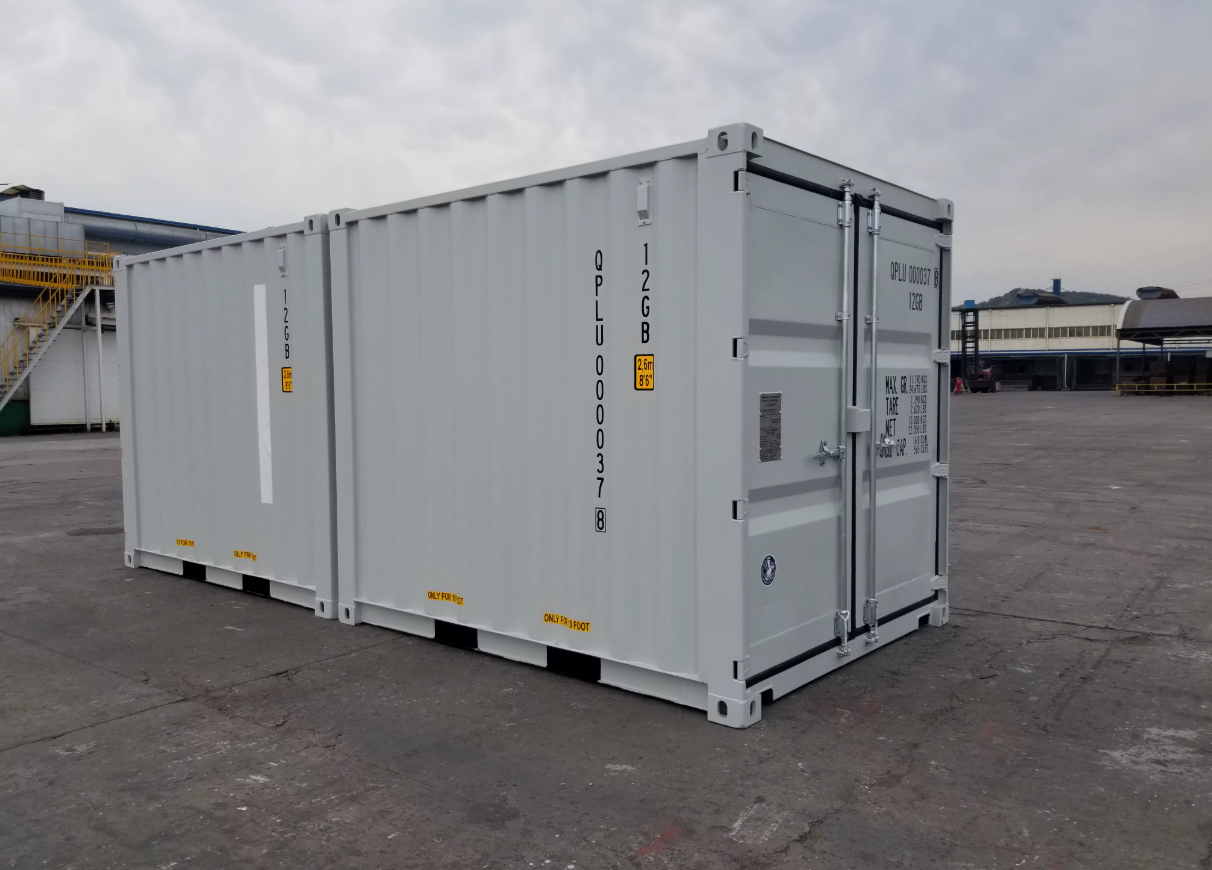
Types of CONEX Boxes Available
There are different types of CONEX boxes available for specific purposes:
- Standard dry containers (20ft and 40ft CONEX sizes). They provide ample storage capacity and a great way to transport electronics, books, clothing, and other kinds of goods.
- High cube containers. They look like standard containers, but with an extra foot of height. These containers are used for transporting lightweight but bulky items (for example, furniture) that don’t fit into a standard box.
- Refrigerated containers (reefers). These containers come with their own temperature control system, so that your perishable goods (like fresh seafood, vaccines, or chocolate) don’t sweat during the trip.
- Open top containers. They have removable tops to load cargo that doesn’t fit through regular doors.
- Flat rack containers. They don’t bother with walls or a roof, and their collapsible sides make them easy to load industrial machinery, vehicles, and even entire yachts.
- Tank containers. These cylindrical containers snugly fit into a metal frame and are perfect for transporting liquids, gasses, and powders.
- Double-door (tunnel) containers. They are excellent for construction materials or companies that deal with large volume turnover since they provide access from both ends.
- Open side containers. They swing their doors wide open along the length for loading awkward and oversized items.
All types of CONEX boxes are real problem solvers when dealing with different cargo. They’ve got a unique character and job to do.
Advantages of Using CONEX Boxes
There are endless advantages of using CONEX boxes, including:
- Durability. Made from corten steel — often known as weathering steel — these containers resist harsh handling, severe weather, and long ocean trips. They also buck wear, dents, and corrosion. In disaster zones, for instance, army CONEX boxes are often used as temporary shelters or storage units due to their ability to withstand extreme circumstances without the need for reinforcement.
- High security level. Theft and damage are common worries while transporting products, particularly costly ones. But CONEX boxes are rather difficult to break, and with padlock guards or crossbar locks — advanced locking systems — they discourage even the most determined thieves.
- Versatility. CONEX boxes are used for portable storage, mobile offices, pop-up stores, quick schools, small residences, etc. beyond shipment. Architects and designers turn them into imaginative living quarters, retail establishments, even whole residential buildings.
- Budget-friendliness. Their dependability and low maintenance costs over time save yet more money.
- Standardized global shipping convenience. CONEX boxes are well recognized for their conformity to international shipping standards set by the International Organization for Standardization (ISO). For example, without having to unpack and repack everything, a single CONEX unit may begin its trip loaded onto a ship in Shanghai, then be moved onto a train in Rotterdam, and finally be driven to a warehouse in Berlin.
- Environmental sustainability. Reusing CONEX boxes several times helps to lower the need for new materials. They may be recycled to create something completely new when their shipping days are gone.
- Multimodal transport efficiency. The uniform CONEX sizes and dimensions allow for easy loading, stacking, and transporting by truck, rail, or sea. That way, your items will be safe in transportation and there will be less downtime and moving expenses.
Originally designed as a quick way to move products, CONEX boxes have more to offer than just efficiency. People from many walks of life have come up with various applications for them throughout the years.
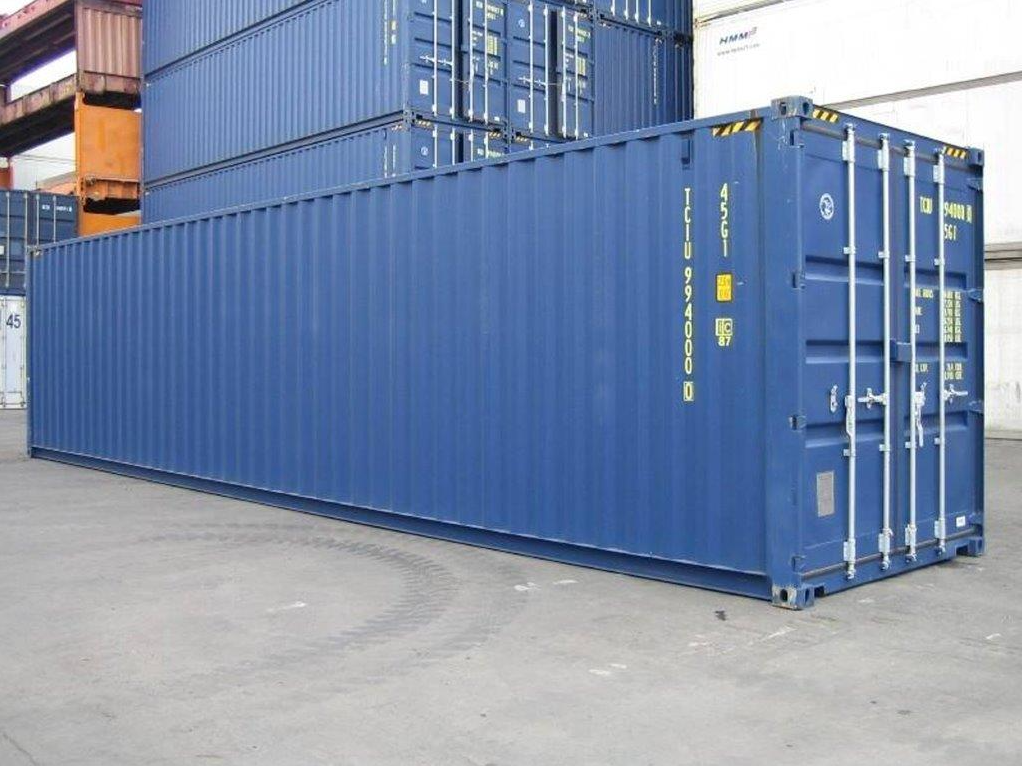
How to Maintain and Care for CONEX Boxes
The key to a CONEX unit lasting a long time in pristine shape is simple maintenance. For early detection of problems like rust or dents, it is important to schedule frequent inspections. One of the main enemies of a container’s lifetime is rust, hence spend some time sanding any areas you discover, add a rust inhibitor, and repaint as necessary. Even little dents may collect water and hasten corrosion if not repaired quickly.
Preventing damage also depends much on cleaning your CONEX transport container. It stays in great condition with regular washing to remove dirt and salt accumulation and light cleaning inside.
Repairing isn’t only for show; it serves as a safeguard. The steel will be protected from the elements and wear and tear for a longer period of time if you paint it with corrosion-resistant paint.
Also, make sure there’s enough ventilation; otherwise, condensation may form inside and cause problems like mildew or rust. Make sure vents are clear, or add a dehumidifier in more humid environments.
Check door seals often to be sure they are intact, moisture is kept out, and locks and hinges are lubricated to avoid corrosion or stiffness. Take care of minor issues like dents, broken flooring, or a damaged seal as soon as possible to prevent more serious issues down the road.
CONEX Boxes in Modern Logistics and Future Trends
What is CONEX in modern logistics? At first glance, CONEX boxes seem unassuming — big, rectangular steel containers used to cart goods across the globe. However, a CONEX meaning influences people’s habits for more efficient storage, transportation, and even daily living.
Think about any product you’ve bought recently — a phone, a pair of shoes, coffee beans. Chances are, it spent part of its life in a CONEX transport box, traveling by ship, truck, or train. Standardized containers make it possible for cargo to travel between various means of transportation without having to be unloaded and reloaded.
On building sites, CONEX boxes also protect equipment; they are used by disaster relief teams as mobile supply hubs and by businesses as pop-up stores. Designed for many years of use, these containers are naturally reusable. When they retire from their original shipping duties, they aren’t discarded; instead, they’re repurposed for storage, construction, or innovative projects.
Still, the world is not done imagining what a CONEX box can accomplish. One of the biggest future changes is the rise of “smart containers”, equipped with sensors and tracking devices that monitor everything from temperature to location in real time.
Modular construction comes next. Though it’s not novel, the concept of converting shipping containers into homes, businesses, and even urban farms is about to explode.
Finally, businesses are testing lighter, more environmentally friendly materials for next containers, as well as sophisticated coatings resistant to corrosion and weathering for even longer lifetime. Retired containers are becoming disaster-proof shelters, renewable energy projects, and community venues.
CONEX boxes have gone from being simple cargo carriers to playing huge roles in sustainability, technology, and architecture. For companies, this implies more efficient supply chains, new infrastructure, and decreased expenses. For consumers, that translates to speedier delivery, more cheap homes, greener towns, and even cooler cafés.
The next time you see one of these steel containers, don’t dismiss it as just a metal box. A CONEX meaning is a part of a history of global connectivity and an infinitely promising future.
Vanessa is a dedicated writer and content enthusiast at Pelican Containers. With a background in practical writing and a keen eye for clarity, she transforms complex container topics into easy-to-understand and useful content. Her passion lies in exploring the evolving world of container usage — from smart storage hacks to global logistics trends.
When she's not writing, Vanessa loves discovering creative shipping container projects or traveling to find new inspiration.
Explore thoughtful, informative, and accessible content with Vanessa!
Vanessa is a dedicated writer and content enthusiast at Pelican Containers. With a background in practical writing and a keen eye for clarity, she transforms complex container topics into easy-to-understand and useful content. Her passion lies in exploring the evolving world of container usage — from smart storage hacks to global logistics trends.
When she's not writing, Vanessa loves discovering creative shipping container projects or traveling to find new inspiration.
Explore thoughtful, informative, and accessible content with Vanessa!
FAQ
What are CONEX boxes and why are they important in logistics?
CONEX boxes are standardized steel shipping containers used to move goods globally. They’re important in logistics as they ensure trouble-free transfers between ships, trucks, and trains, cut costs and delivery times, and protect cargo.
What are the different types of CONEX boxes available?
The different types of CONEX boxes available include standard dry containers (20ft and 40ft), high cubes, refrigerated containers (reefers), open top containers, open side containers, flat rack containers, and double-door (tunnel) containers.
What are the main advantages of using CONEX boxes?
CONEX boxes are sturdy, adaptable, and safe. Their standardization simplifies transport, and they’re eco-friendly since they can be reused or repurposed for years.
How can CONEX boxes be modified to suit specific needs?
They can be customized with ventilation, insulation, doors, windows, electrical setups, and branding (perfect for offices, homes, shops, or storage).

